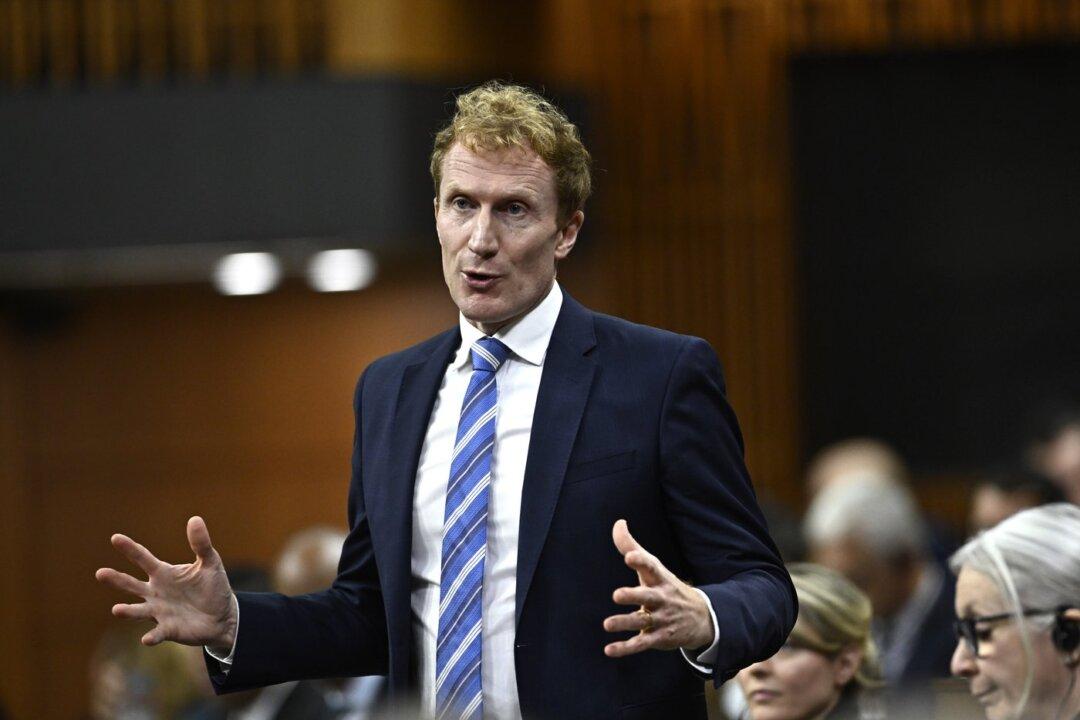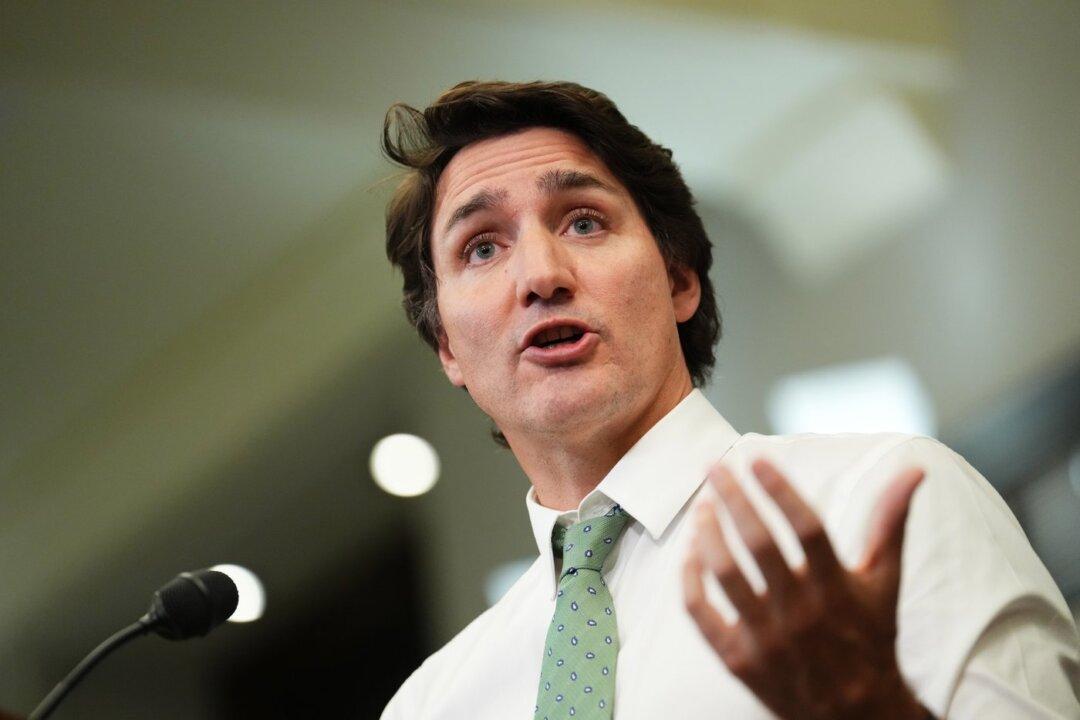The Liberal government’s “temporary” decision to let foreign students work more than 20 hours a week was made without researching its potential impact on Canadian job seekers, effectively allowing 807,000 foreign students to work unlimited hours.
The government’s decision to lift the previous 20-hour weekly work limit under the Immigration and Refugee Protection Act has raised concerns about its effect on local employment, particularly among Canadian youth and postsecondary students, according to Blacklock’s Reporter.





